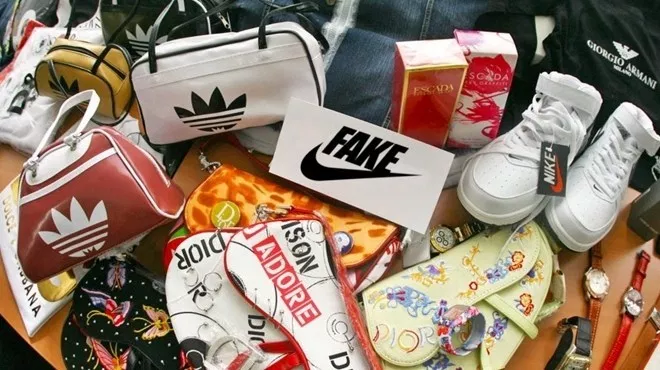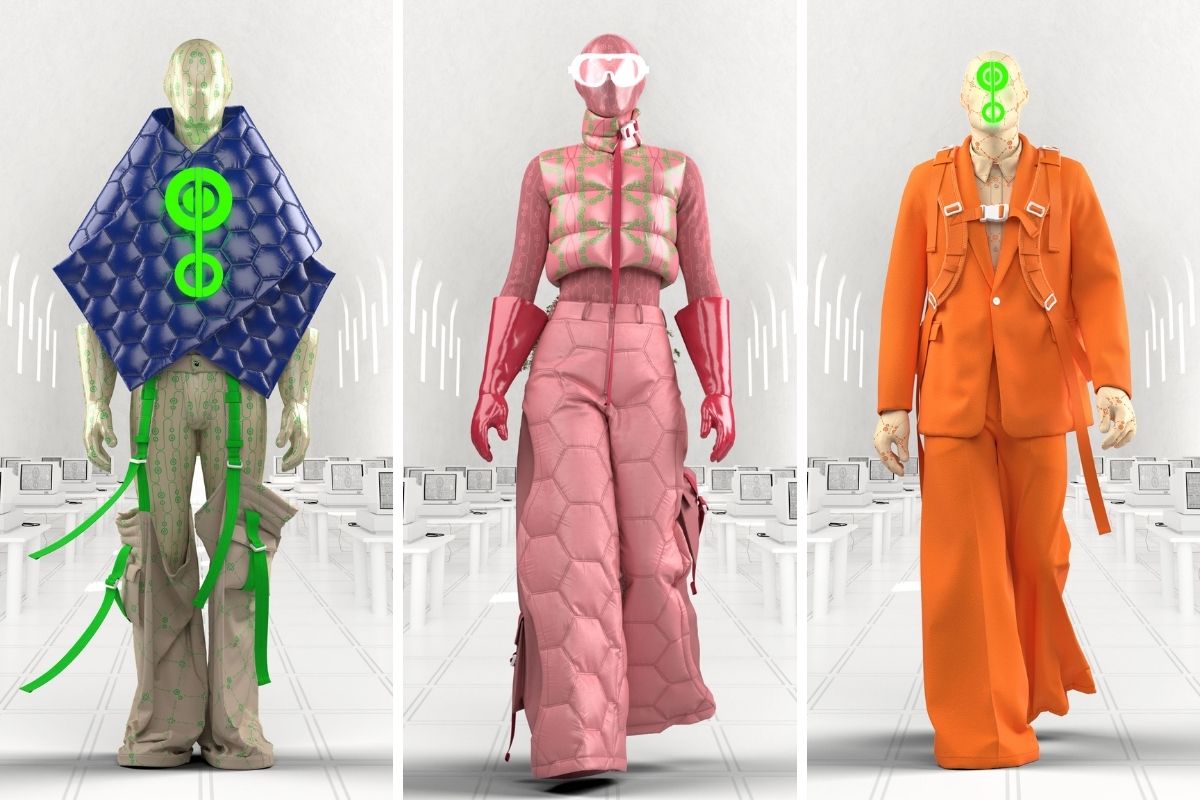“Made in Italy” has long been synonymous with luxury, craftsmanship, and quality. Consumers associate it with high-end fashion houses, artisanal techniques, and ethically produced goods. However, a growing number of investigations have revealed a shocking reality: many garments bearing the prestigious label are not made by skilled Italian artisans but by exploited migrant workers in sweatshop-like conditions.
The Illusion of Italian Craftsmanship
The “Made in Italy” label has been a powerful marketing tool for decades, allowing luxury brands to charge premium prices for their products. Consumers believe they are paying for superior craftsmanship and ethically sourced materials, from handbags and shoes to suits and dresses. However, the truth is far more disturbing.
While Italian law allows brands to use the “Made in Italy” label if the final stages of production occur within the country, it does not require the entire process to take place there. This loophole has enabled fashion houses to outsource much of the work to sweatshops, often run by Chinese immigrants living in Italy under harsh conditions.
The Rise of Exploitative Sweatshops in Italy
Cities like Prato, near Florence, have become hubs for illegal garment production. Prato is home to one of the largest Chinese communities in Europe, with an estimated 50,000 Chinese workers, many of whom are undocumented. These workers are often recruited through illegal networks and flown in from China, lured by promises of stable jobs and a better life. Instead, they find themselves trapped in low-wage, high-exploitation conditions.
Factories operate in poorly ventilated warehouses, where workers endure 14 to 16-hour shifts with little to no breaks. They often sleep on-site, in makeshift dormitories above the workshops, and are paid well below the minimum wage. Some reports suggest workers earn as little as €3 per hour, starkly contrasting the high price tags of the products they create.
Luxury Brands and Their Silent Complicity
Many high-end fashion houses benefit from this system while maintaining a polished public image. Brands claim to produce their goods in Italy, but they often outsource production to subcontractors, who, in turn, hire these exploitative factories to keep costs low. This system allows luxury labels to maintain plausible deniability, as they are not directly employing these workers but still profiting from their labor.
Despite numerous exposés, fashion companies rely on this shadowy supply chain. Luxury brands rarely disclose their entire production process, making it difficult for consumers to know whether their expensive purchases result from ethical craftsmanship.
The Impact on Workers and the Fashion Industry
The exploitation of migrant workers in Italy is not just a labor rights issue—it is also a human rights violation. These workers are denied fair wages, safe working conditions, and legal protections. Many fear speaking out due to their immigration status, making them even more vulnerable to abuse.
Beyond the ethical concerns, this scandal damages the integrity of the “Made in Italy” label. Consumers who believe they buy authentic Italian craftsmanship unknowingly support a system built on exploitation.
What Can Be Done?
To combat this issue, several measures need to be taken:
Stronger regulations: The Italian government must enforce stricter labor laws and close the loopholes that allow brands to exploit workers under the “Made in Italy” label.
Supply chain transparency: Luxury brands should be required to disclose their full supply chain, ensuring ethical labor practices.
Consumer awareness: Shoppers can make informed choices by researching brands that prioritize ethical labor and fair wages. Supporting independent artisans and verified ethical labels can help drive change.
Conclusion
The “Made in Italy” scandal is one of fashion’s biggest hidden secrets. Behind the glamour of luxury fashion lies a world of exploitation and deceit. Until stricter regulations and greater transparency are enforced, many high-end brands will continue profiting from this broken system—while consumers remain unaware of the cost of their designer purchases.



